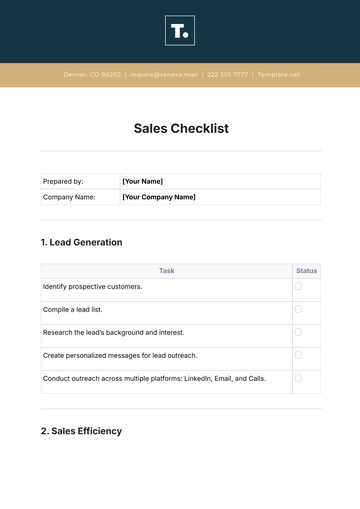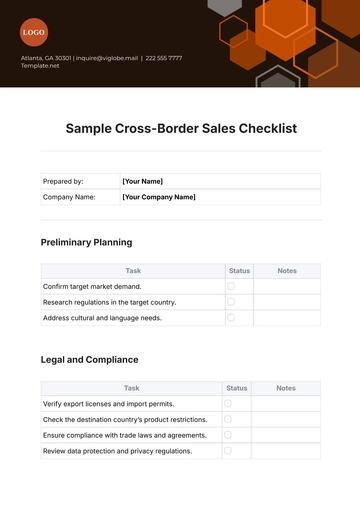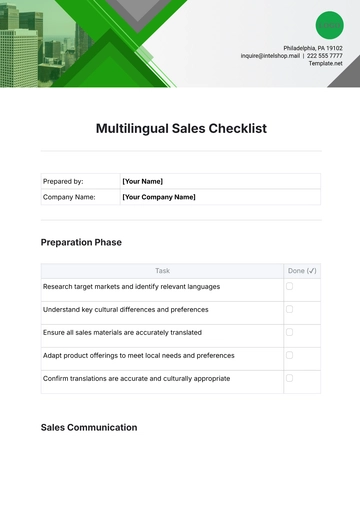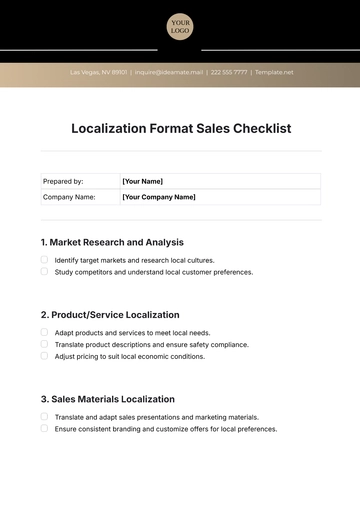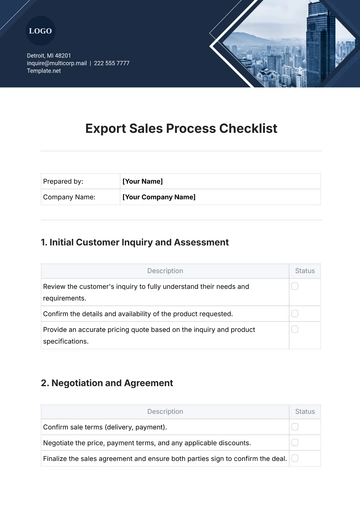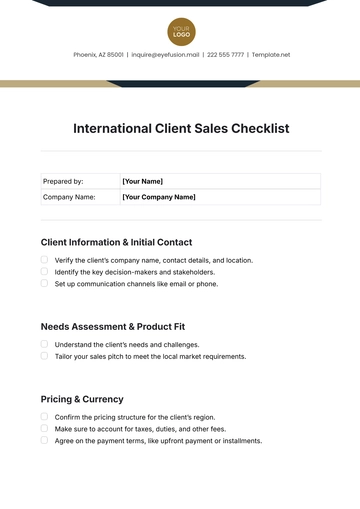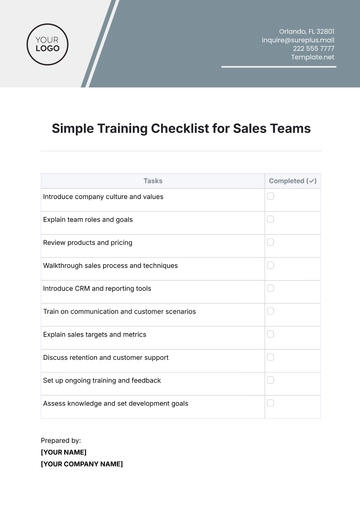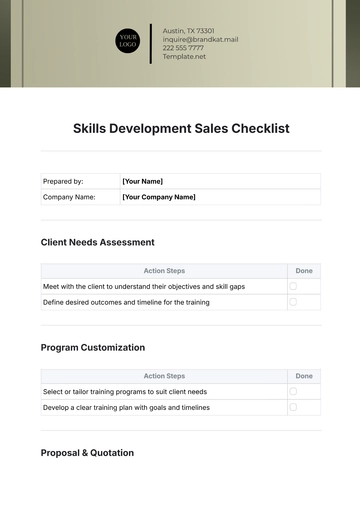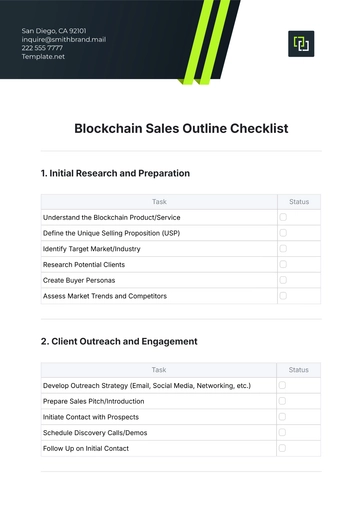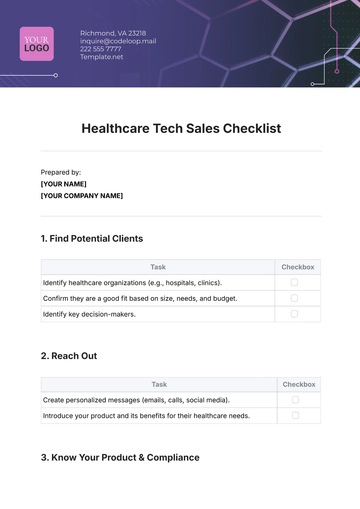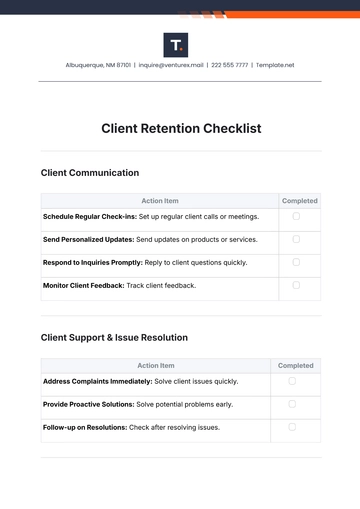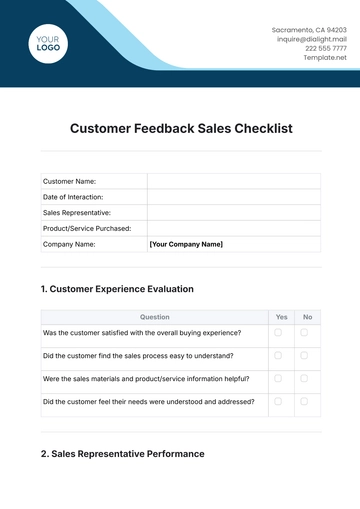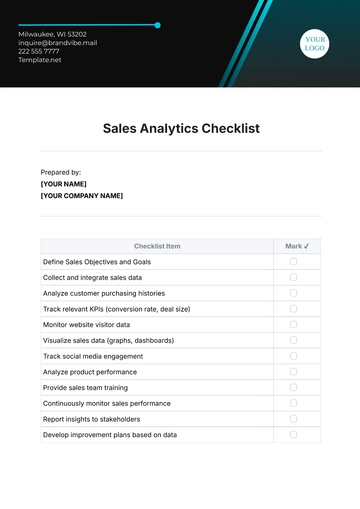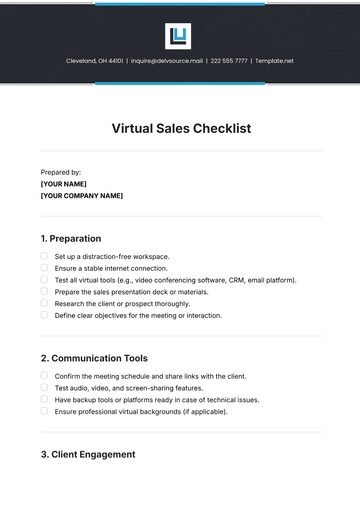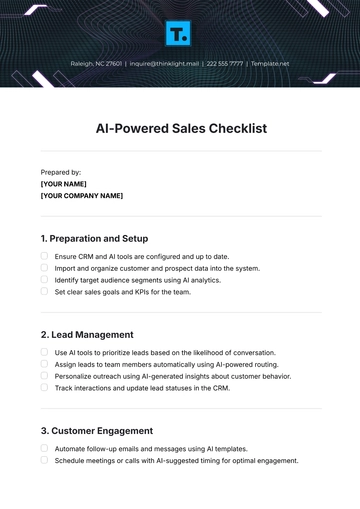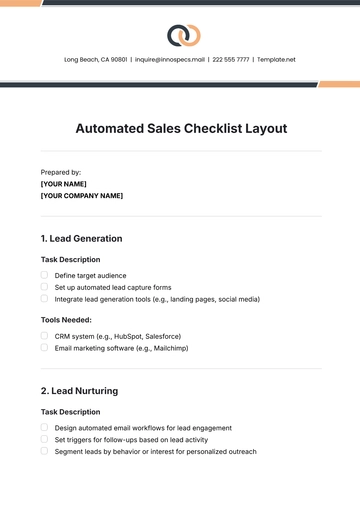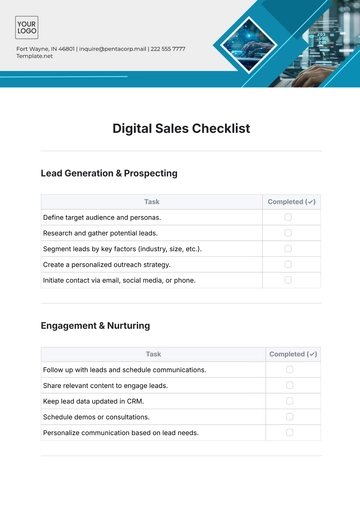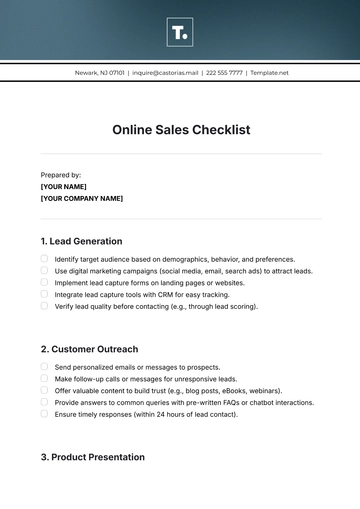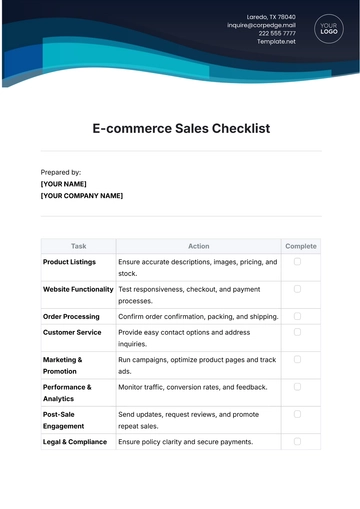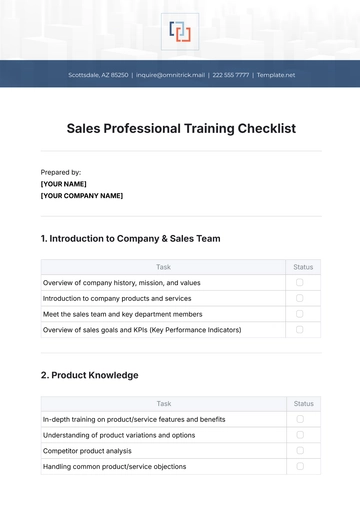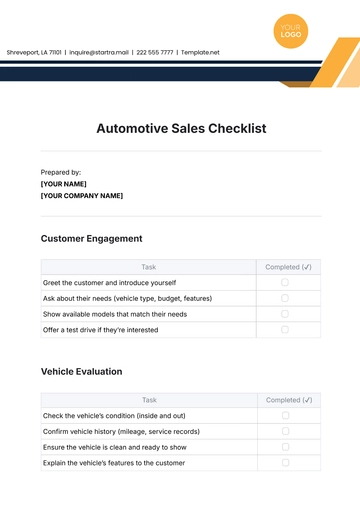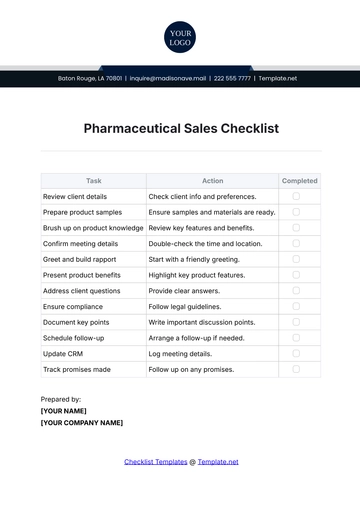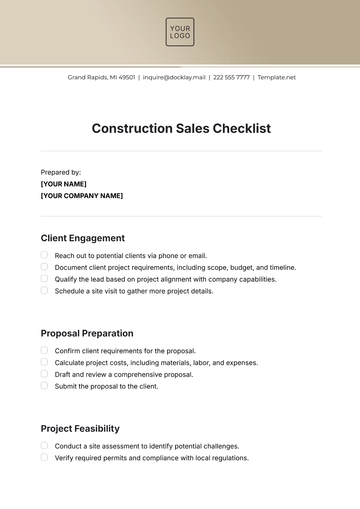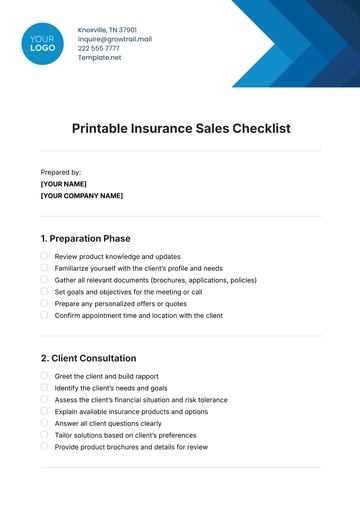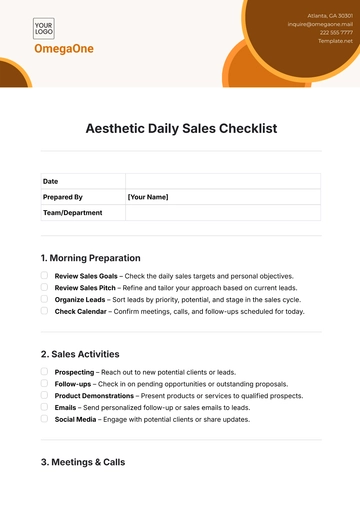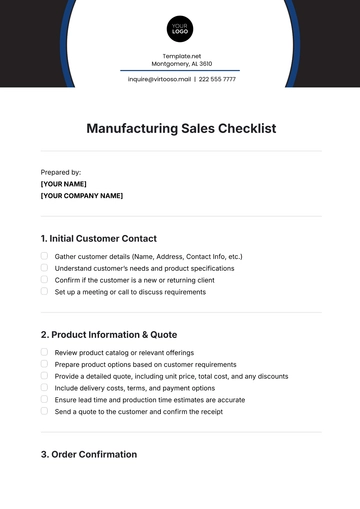Free Radiation Hazard Checklist
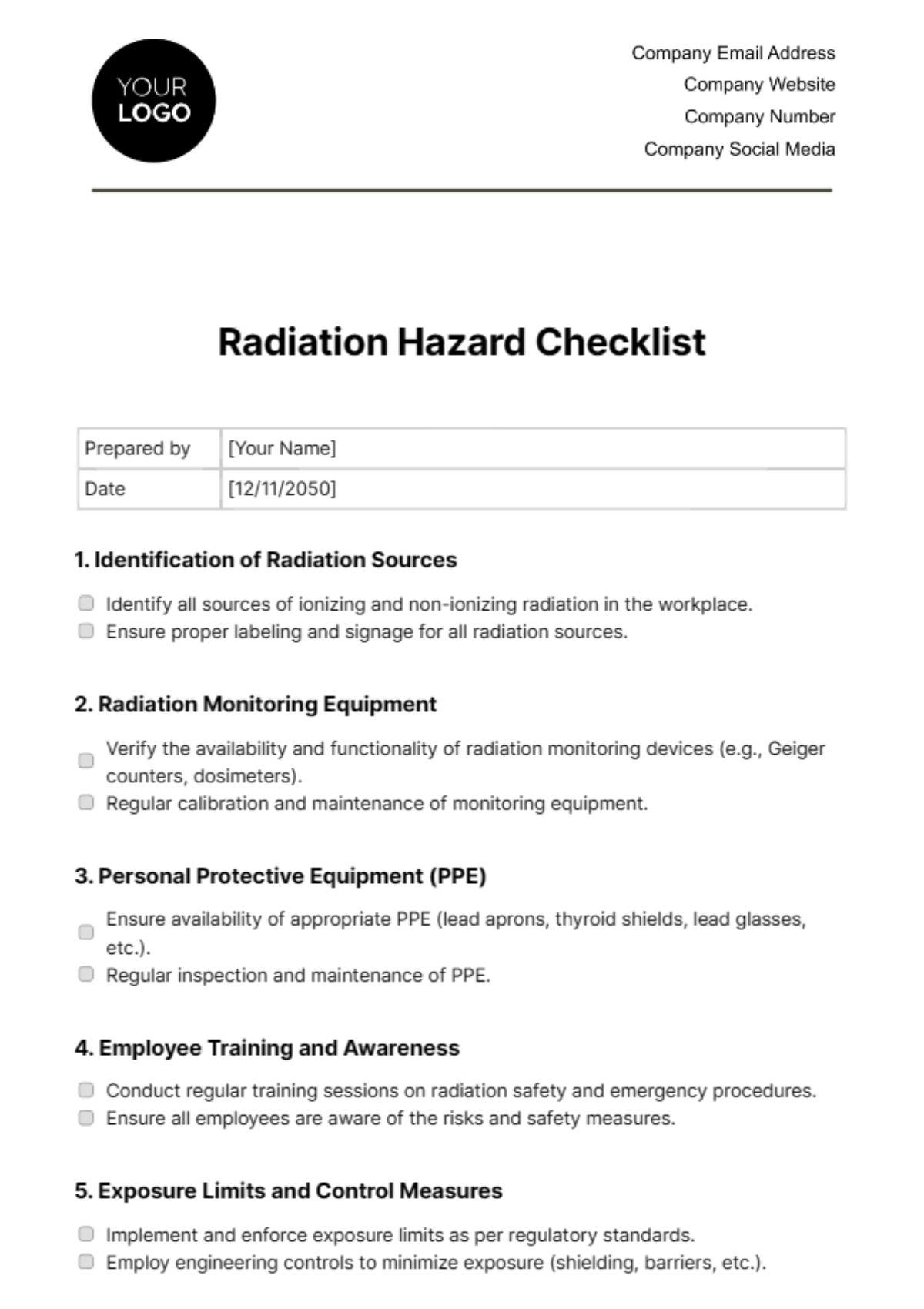
Prepared by | [Your Name] |
Date | [12/11/2050] |
1. Identification of Radiation Sources
Identify all sources of ionizing and non-ionizing radiation in the workplace.
Ensure proper labeling and signage for all radiation sources.
2. Radiation Monitoring Equipment
Verify the availability and functionality of radiation monitoring devices (e.g., Geiger counters, dosimeters).
Regular calibration and maintenance of monitoring equipment.
3. Personal Protective Equipment (PPE)
Ensure availability of appropriate PPE (lead aprons, thyroid shields, lead glasses, etc.).
Regular inspection and maintenance of PPE.
4. Employee Training and Awareness
Conduct regular training sessions on radiation safety and emergency procedures.
Ensure all employees are aware of the risks and safety measures.
5. Exposure Limits and Control Measures
Implement and enforce exposure limits as per regulatory standards.
Employ engineering controls to minimize exposure (shielding, barriers, etc.).
6. Radiation Zones
Define and demarcate controlled, supervised, and public areas.
Implement access controls to restricted areas.
7. Emergency Procedures
Develop and communicate procedures for radiation accidents.
Regular drills and response team training.
8. Medical Surveillance
Regular health check-ups and monitoring for radiation-exposed workers.
Maintain medical records to track exposure history.
9. Regulatory Compliance
Adhere to national and international radiation safety standards.
Regular audits and inspections for compliance.
10 Record Keeping and Reporting
Maintain detailed records of radiation sources, exposure levels, and safety inspections.
Report any incidents or overexposures to relevant authorities.
11. Waste Management
Safe disposal procedures for radioactive materials and contaminated equipment.
Regular checks and maintenance of waste disposal systems.
12. Continuous Improvement
Regular review and updating of radiation safety protocols.
Encourage feedback from employees to improve safety measures.
- 100% Customizable, free editor
- Access 1 Million+ Templates, photo’s & graphics
- Download or share as a template
- Click and replace photos, graphics, text, backgrounds
- Resize, crop, AI write & more
- Access advanced editor
Uncover the essential resource for radiation safety with Template.net's Radiation Hazard Checklist Template. This editable and customizable template, powered by our Ai Editor Tool, simplifies the process of assessing and mitigating radiation hazards. Ensure compliance and enhance workplace safety with Template.net's innovative and user-friendly solutions.
You may also like
- Cleaning Checklist
- Daily Checklist
- Travel Checklist
- Self Care Checklist
- Risk Assessment Checklist
- Onboarding Checklist
- Quality Checklist
- Compliance Checklist
- Audit Checklist
- Registry Checklist
- HR Checklist
- Restaurant Checklist
- Checklist Layout
- Creative Checklist
- Sales Checklist
- Construction Checklist
- Task Checklist
- Professional Checklist
- Hotel Checklist
- Employee Checklist
- Moving Checklist
- Marketing Checklist
- Accounting Checklist
- Camping Checklist
- Packing Checklist
- Real Estate Checklist
- Cleaning Checklist Service
- New Employee Checklist
- Food Checklist
- Home Inspection Checklist
- Advertising Checklist
- Event Checklist
- SEO Checklist
- Assessment Checklist
- Inspection Checklist
- Baby Registry Checklist
- Induction Checklist
- Employee Training Checklist
- Medical Checklist
- Safety Checklist
- Site Checklist
- Job Checklist
- Service Checklist
- Nanny Checklist
- Building Checklist
- Work Checklist
- Office Checklist
- Training Checklist
- Website Checklist
- IT and Software Checklist
- Performance Checklist
- Project Checklist
- Startup Checklist
- Education Checklist
- Home Checklist
- School Checklist
- Maintenance Checklist
- Planning Checklist
- Manager Checklist
- Wedding Checklist
- Vehicle Checklist
- Travel Agency Checklist
- Vehicle Inspection Checklist
- Interior Design Checklist
- Backpacking Checklist
- Business Checklist
- Legal Checklist
- Nursing Home Checklist
- Weekly Checklist
- Recruitment Checklist
- Salon Checklist
- Baby Checklist
- Equipment Checklist
- Trade Show Checklist
- Party Checklist
- Hospital Bag Checklist
- Evaluation Checklist
- Agency Checklist
- First Apartment Checklist
- Hiring Checklist
- Opening Checklist
- Small Business Checklist
- Rental Checklist
- College Dorm Checklist
- New Puppy Checklist
- University Checklist
- Building Maintenance Checklist
- Work From Home Checklist
- Student Checklist
- Application Checklist
